A new study shows that middle-aged people living in the U.S. today have worse health than their English counterparts – and that the difference in health between rich and poor is much larger on the American side of the Atlantic.
Tag: Health Disparities
Tip Sheet: SARS-CoV-2 antibodies, COVID-19 and health disparities, eating in tough times and immune protection in breast milk
Summaries of recent Fred Hutch research findings and other news.
Chicago Cubs player Jason Heyward supports COVID-19 response for UChicago Medicine healthcare workers and South Side community
Chicago Cubs right fielder Jason Heyward is donating $100,000 to University of Chicago Medicine to help alleviate hardships experienced by frontline healthcare workers during the COVID-19 pandemic and expand contact tracing efforts on Chicago’s South Side.
Declines in patient visits during COVID-19 shutdowns projected to cost U.S. primary care $15 billion in revenue by year’s end, study shows
• On average, a full-time primary care physician in the U.S. will lose more than $65,000 in revenue in 2020.
• Overall, the U.S. primary care sector will lose nearly $15 billion.
• Losses stem from drastic reductions in office visits and fees for services during COVID-19 shutdowns from March to May.
• Losses threaten practice viability, reducing further an already insufficient number of primary care providers in the United States.
• Findings underscore the need for a plan that provides support for independent primary care doctors, small independent practices.
UTEP Professor Collaborates on LGBTQ+ COVID-19 Texas Study
Preliminary results from this first-of-its-kind survey found that gender diverse people and queer people of color are experiencing a number of disparities. They include higher rates of COVID-19, more difficulty accessing a variety of services, and higher rates of anxiety and depression, as well as high unemployment compared with white participants.
Chicago healthcare organizations band together to take action on systemic racism in healthcare
Calling systemic racism a public health crisis, three dozen Chicago healthcare organizations are pledging to do more to overcome health disparities in minority communities and ensure greater health equity across the city.
Stroke survival rates worse in rural areas, study says
A major U.S. study reveals large gaps between urban and rural patients in quality of care received after a stroke and rates of survival. In more rural areas, the ability of hospitals to deliver advanced stroke care is lower and mortality rates substantially higher, the research shows. The analysis, involving nearly 800,000 patients, was led by researchers at Washington University School of Medicine in St. Louis.
Racial, Gender Disparities Observed in Heart Transplant Recipients with COVID-19 Infection
Researchers suggest focusing on disparities to help identify which patients with a heart transplant may be at higher risk for a worse course of COVID-19 infection.
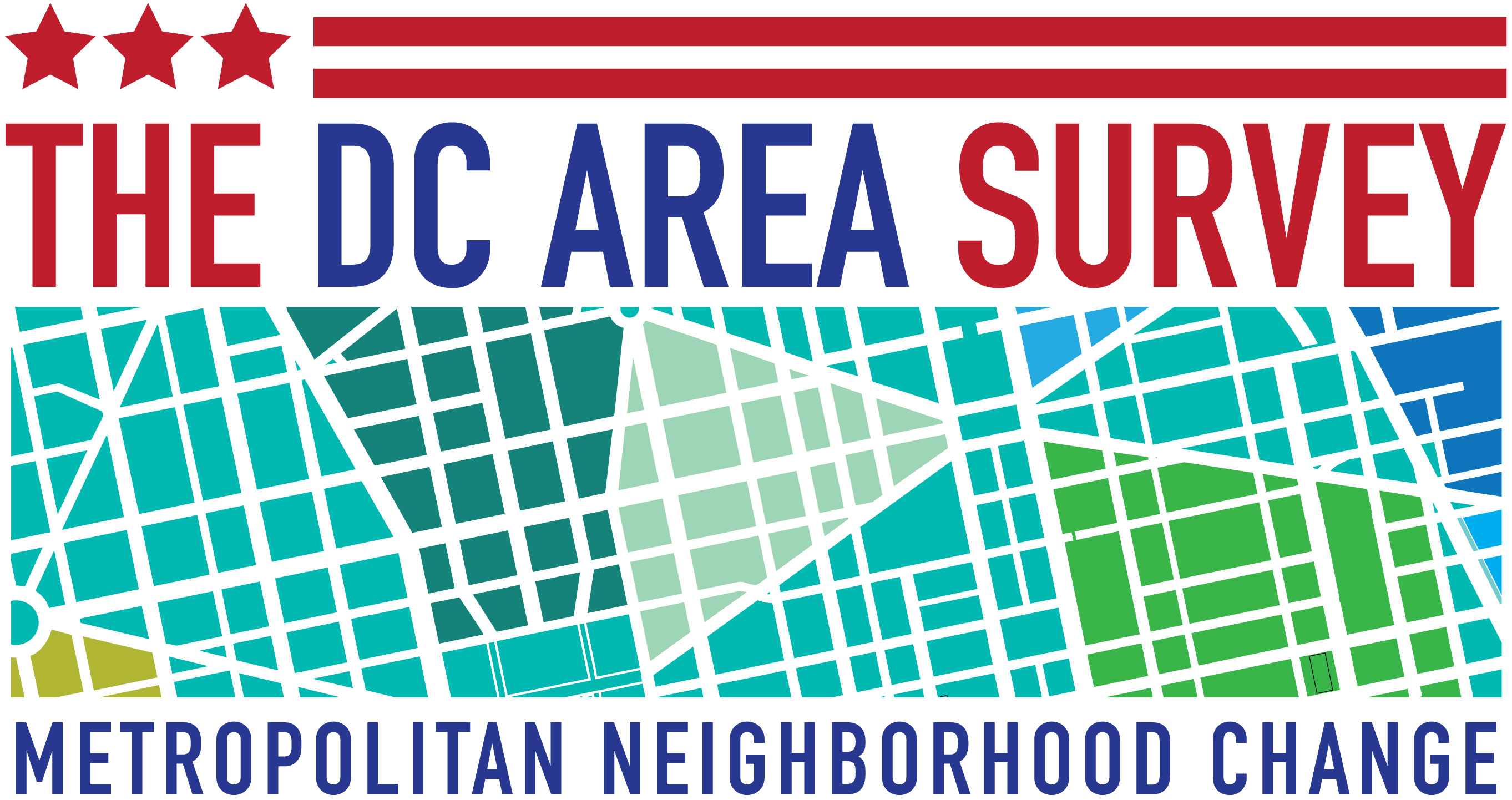
New American University Survey Reveals Influence of Race in D.C.-Area Residents’ Lives
A new report from American University shows how race influences Washington, D.C.-area residents’ daily lives and experiences, revealing a stark racial divide in perceptions among Latinos, blacks, whites and Asians about quality-of-life issues within their neighborhoods.
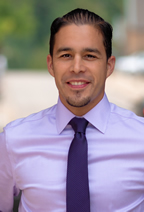
Paul Fleming & William Lopez: Why Hispanics are at higher risk to suffer health, economic consequences
FACULTY Q&AU.S. Hispanics are more likely than their white white counterparts to be affected by coronavirus independently of their immigration status. Two University of Michigan School of Public Health experts explain why, and offer some solutions the federal government could use to mitigate these negative consequences.Paul J.
FIELDING FOCUS | Public Health in a Pandemic: COVID-19 & Vulnerable Populations
The UCLA Fielding School of Public Health has launched FIELDING FOCUS, a webinar discussion series that has begun with weekly curated conversations addressing public health and COVID-19. During upcoming sessions, we will explore the impact that the current pandemic is having on vulnerable populations (May 5) and on wellness and healthy living (May 12). Additional sessions are in the planning stages.
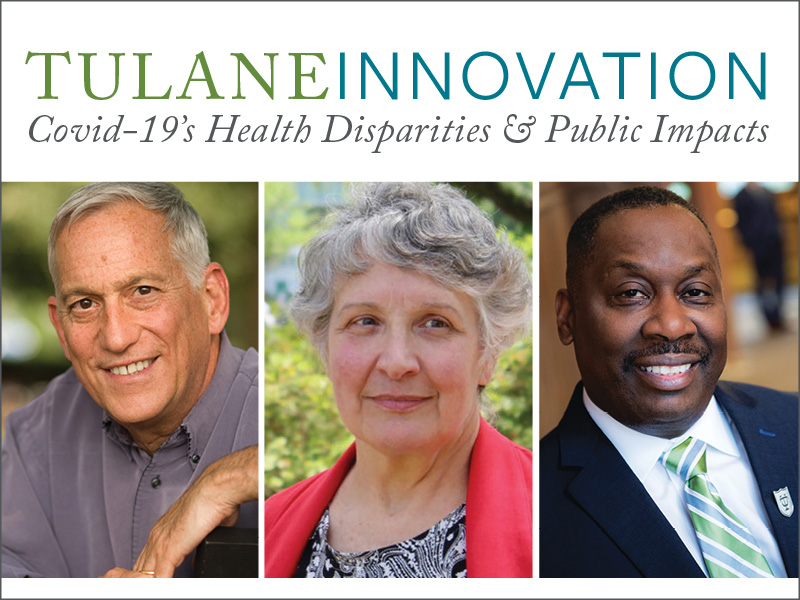
Tulane launches Tulane Innovation series with Walter Isaacson and leading experts
The series will feature discussions by leading Tulane experts from a wide variety of fields, offering insights and solutions to today’s greatest challenges.
UNLV Public Health Expert Melva Thompson-Robinson on Why Coronavirus Disproportionately Affects Communities of Color
The updates have become as commonplace as checking the weather app on your phone each morning. Every day, states around the country are reporting the latest numbers of coronavirus cases and deaths, updating their residents on whether they’ve reached the…
Rutgers Experts Available to Discuss COVID-19 Deaths in African-Americans, Hispanics
Preliminary COVID-19 data has shown that black and brown people have accounted for the most deaths by far in the United States, which has led health experts to demand more racial data on the ongoing crisis. Experts at Rutgers University-New…
Faculty Expert: Who gets a ventilator? Why people with disabilities fear medical rationing
In modern and historic times, health care institutions have often wrongly assumed people with disabilities have a poor quality of life, says UB researcher Michael Rembis BUFFALO, N.Y. — Across the United States, many people with disabilities and their loved ones…
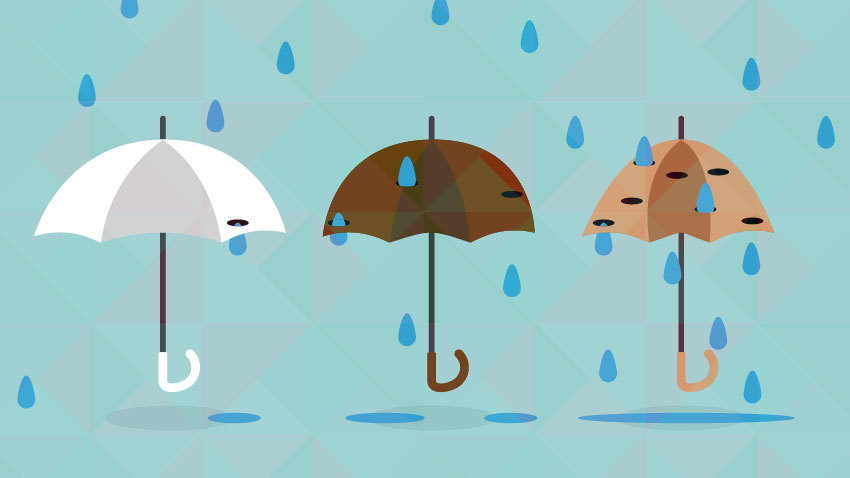
Affordable Care Act helped make health insurance access more equal, but racial and ethnic gaps remain
As the Affordable Care Act turns 10, a new study shows it has narrowed racial and ethnic gaps in access to health insurance – but definitely not eliminated them.
Both the percentage of people 19-64 who lacked health insurance, and the size of the health insurance gap between white, African-American and Hispanic Americans, shrank. From 2013 to 2017, the gap between blacks and whites narrowed 45%, and the difference between Hispanics and whites narrowed 35%.
Barbershops Targeted to Improve Health of Black Men
Black men with high blood pressure could benefit from a research study beginning this month to check their vitals while they are getting a haircut at a barbershop.

Study Finds Disparity in Critical Care Deaths Between Non-Minority and Minority Hospitals
While deaths steadily declined over a decade in intensive care units at hospitals with few minority patients, in ICUs with large numbers of minority patients, there was less improvement, according to new research published online in the American Thoracic Society’s American Journal of Respiratory and Critical Care Medicine.
Ratings system may penalize hospitals serving vulnerable communities
Analysis of the Centers for Medicare and Medicaid Services (CMS) Hospital Compare rating system shows that hospitals serving vulnerable communities may be judged on social factors outside of their control.
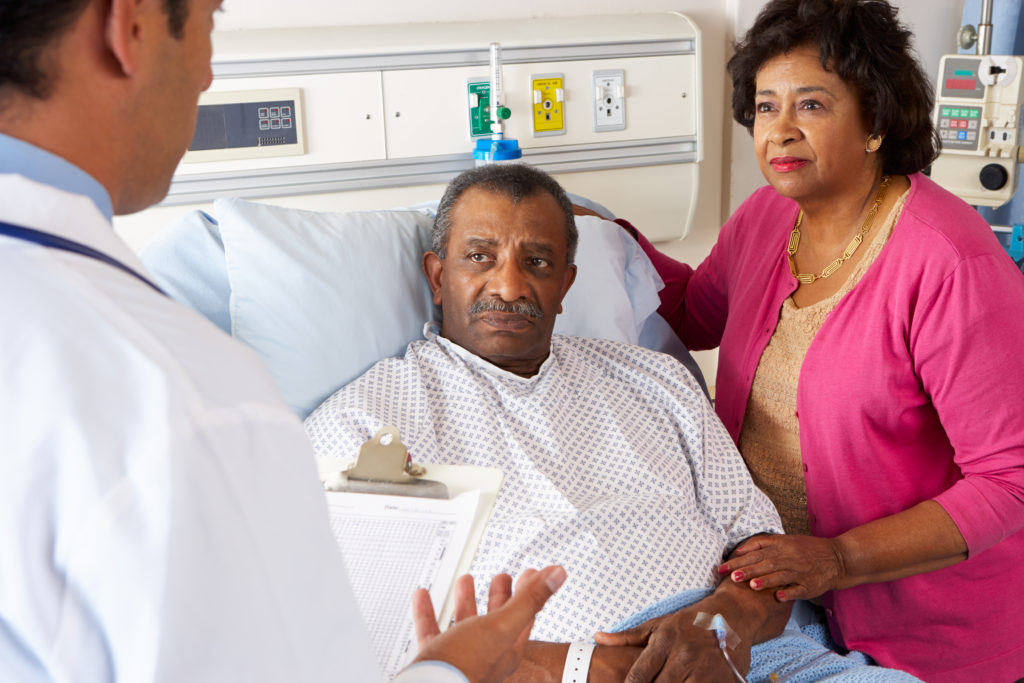
Black and Elderly Patients Less Likely to Receive Lung Cancer Treatments
Only about 6 in 10 lung cancer patients in the United States receive the minimal lung cancer treatments recommended by the National Comprehensive Cancer Network guidelines, according to new research published online in the Annals of the American Thoracic Society.
UTEP Receives $19M to Study Cancer Affecting Mexican-Americans
This grant will provide significant research funds for UTEP cancer scientists to understand better the molecular mechanisms, and possible environmental and lifestyle factors that contribute to this multifaceted disease.
GW Experts Available During Breast Cancer Awareness Month
WASHINGTON (Sept. 24, 2019) – Breast cancer is the second most commonly diagnosed cancer in women in the United States, with the American Cancer Society predicting more than 250,000 new cases in 2019. October is Breast Cancer Awareness Month and…
Low-income, black neighborhoods still hit hard by air pollution
Disease-causing air pollution remains high in pockets of America – particularly those where many low-income and African-American people live, a disparity highlighted in research presented at the annual meeting of the American Sociological Association in New York.

Epilepsy is a threat to public health, says international report
Worldwide, more than 50 million people are living with epilepsy. As many as 37 million are not receiving treatment, though it can cost as little as US$5 a year and eliminates seizures about two-thirds of the time. These findings and many others are published in “Epilepsy: A public health imperative”, a report produced by ILAE, the World Health Organization and the International Bureau for Epilepsy.

Epilepsy is a threat to public health, says international report
Worldwide, more than 50 million people are living with epilepsy. As many as 37 million are not receiving treatment, though it can cost as little as US$5 a year and eliminates seizures about two-thirds of the time. These findings and many others are published in “Epilepsy: A public health imperative”, a report produced by ILAE, the World Health Organization and the International Bureau for Epilepsy.